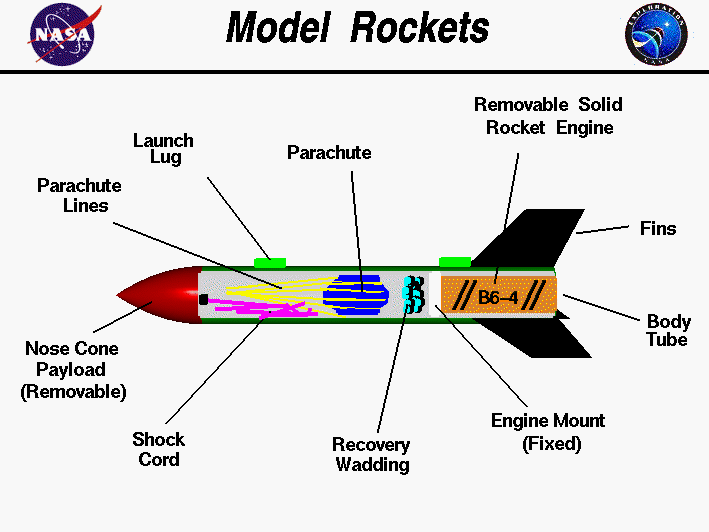LearnBoost - free online grade book and lesson planner and more
Posted in Labels: administration, free resources, grade book, student information systemLearnBoost is an online grade book and lesson planner that is available for free to educators. It has a grade book, lesson planner, attendance, reporting and calendar. It is easy to use, visually appealing, and you can share information with students and parents. The lesson planner is integrated with state standards and you integrate the whole system with Google Apps.
The grade book has easy inputs, real-time stats, grading scales and weighted assignments.
The lesson planner makes it easy to create new lesson plans, align them with state standards and keep all your materials in one place. You can attach files and pictures, create assessments, and comment in the reflection section so you remember what you want to change for next time.

You can easily take attendance using a visual seating chart or list and quickly check student attendance history and records.

It allows you to easily create reports on classroom and student data so you can make decisions based on student data.

Parents and students can have read access to view their progress.

The seating charts are visual and dynamic so you can try out different arrangements.

You can also use it for scheduling and creating calendars and integrate it with Google Apps for Education.



They also have a blog where they discuss education technology, ed reform, policy, strategies and best practices, product releases, technology and tips for using LearnBoost.
This is a great tool for teachers to use and it's free! It is full featured and easy to use.

































 +
+

.jpg)





